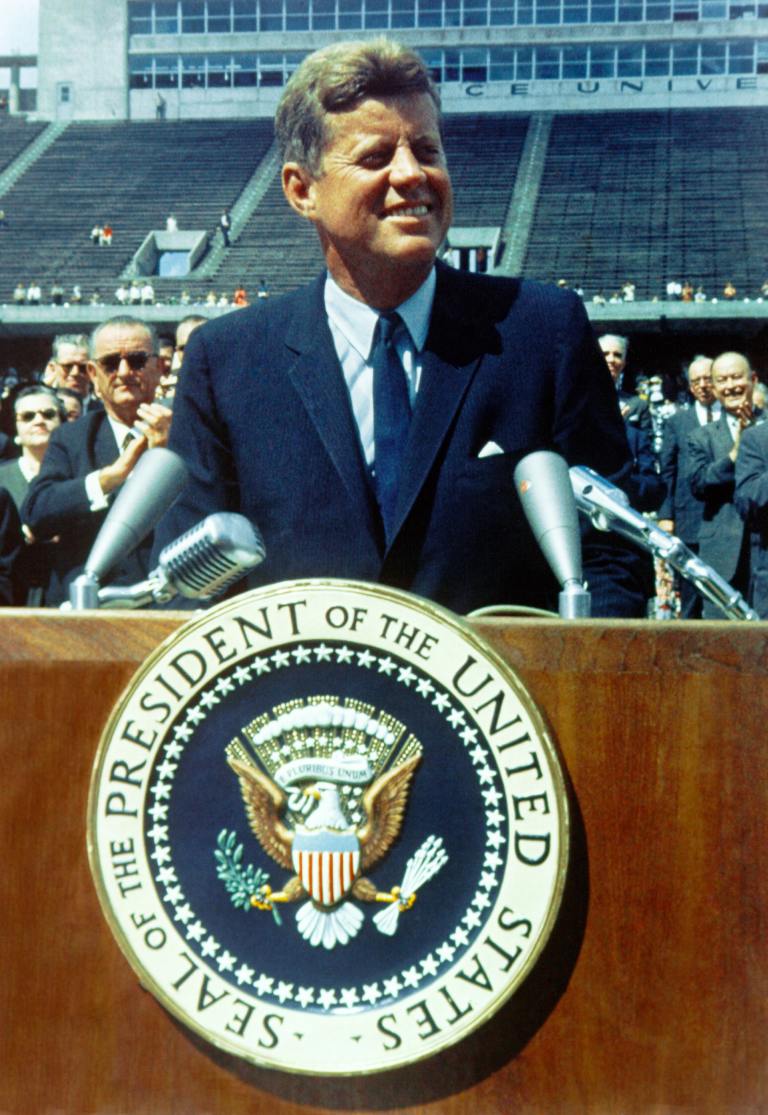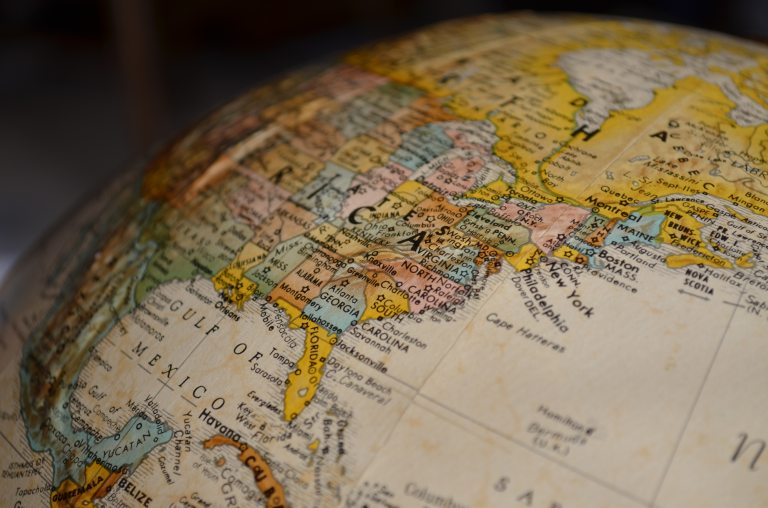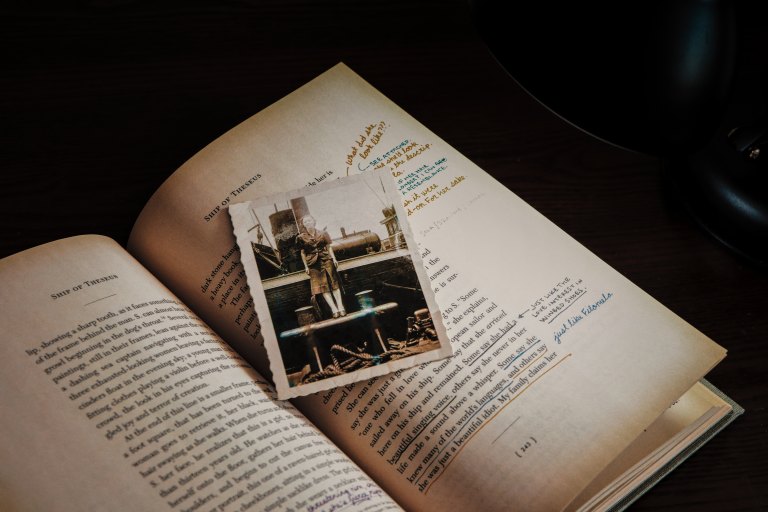Jose Marti: The Visionary Cuban Leader Everyone Should Know About (But Probably Doesn’t)
Before there was Castro, before Batista, before the '58 Revolution and all that's conspired since then, there was Martí.
By ![]() Jared Olson
Jared Olson
This leader’s life is a lesson in Cuban history
Before there was Castro, before Batista, before the ’58 Revolution and all that’s conspired since then, there was Martí.
Jose Marti, considered by many to be the original Cuban revolutionary, existed long before Castro’s Communist rebels, and yet he fought just as hard to warn of U.S. Imperialism as he did to free his homeland from Spain.
Throughout the tumultuous history of Cuba, the legend of this man- now regarded as the martyr, political hero, and patron saint of a nation- has permeated the tumultuous history of this beleaguered Caribbean Island.
Jose Marti died an early death, though he lives forever as the creator of a Nation.
Out of Miami, there runs an AM radio station called “Radio Marti.” Instated by Reagan Administration in the early 80’s as a means of stoking anti-Castro sentiment, the right-wing station runs regular political programs designed to foment anti-government dissent to listeners on the other side of the Gulf Stream.
Radio Marti has received criticism by certain historians and by those on the left wing as corrupting the memory of a man who supported neither right-wing political policies nor the United States’ insistence to intervene in Cuban affairs.
But then again, few can seem to reconcile the tangled legacy of the man- who died tragically early- into a single narrative that can unify Cuba.
Perhaps such uncertainty is inevitable for a man whose stature looms so large over such a small nation: whose intellectual, literary, and political efforts had as much power and influence over his country as all the Founding Fathers on America combined. For a man of such towering influence, reconciling his the nature of his legacy is an impossible task.
Jose Marti was born in Havana in 1853 under the dying shadow of Spanish imperialism.
Raised into a rich family, he received an education that most Cubans, who lived in the often sub-human conditions of impoverishment of plantations, didn’t have access to. He was a precocious child, showing from an early age unusual literary gifts and a natural inclination to rebel.
Amongst his earliest memories was the assassination of Abraham Lincoln, an event which drew outpourings of anger from Marti and his friends, who came to believe in the moral corruption of slavery.
He enrolled in the University in Havana in 1867, though his career truly started in 1868, with the first of several outbreaks of rebellion against the corrupt Spanish rule: the Ten Years’ War.
Sparked by an uprising of aristocratic plantation owners, the war would ultimately leave 300,000 Cubans dead, having cemented- for the time being- Spanish dominance over the island. But the war for Marti was a revelation: as a young man flowering into the political consciousness of his teenage years, the war would be the inspiration that would lead him to both his death and to a war that arguably defined the history of the western hemisphere.
Following the start of the war, Marti was a man possessed: inspired by the nationalist fervor of the uprising guerrillas, he began to write feverishly, publishing his first articles in a political newspapers and cranking out poems, plays, and political tracts. Out of the new literary corpus that he was slowly creating, he was forming a vision for the Cuba he had always dreamed of.
Writing, as important as it was and as talented as he was at it, was not enough for Marti: he had to do something tangible, to work with his hands to put his vision for Cuba in action. With the war going in full-steam, Marti joined several underground political groups with the hope that it would support the revolution and ultimately topple the ruling Spaniards.
Yet disaster was soon to strike: in 1869, Spanish authorities cracked down on the subversive activities of students, shutting down schools and arresting Marti himself, incarcerating him in a national jail. Condemned to six years in prison for a “reproving” letter sent to a friend joining the Spanish Army, intercepted by Spanish censors, Marti’s parents wrote endlessly to the government to release their son, who they argued, at 16, was a youth both unfit and undeserving of such harsh punishments. Their pleas were to go unanswered. When Marti later fell ill in his jail cell due to lacerations from the chains on his legs, instead of releasing him the authorities transported him to yet another prison, this time on the remote Isla de los Pines, a forested island to the south of Cuba.
In 1871, after two years in the tortuous depths of Spanish prisons, Marti was released and exiled to Spain, where authorities hoped that a few years in European universities would renew his loyalty to Spain.
Marti- now boarding a ship to cross the Atlantic- and who was now hardened by the traumatic experience of his imprisonment, had different plans in mind. His trials had cemented his vision of an independent Cuba, clarifying his conviction that Cuba, if he fought hard enough, would one day be free of its shackles. He was radicalized, and nothing but death would be able to stop him.
Marti, upon his arrival to Spain, immediately contacted fellow Cubans who’d been exiled like himself.
He settled in Cadiz and enrolled at a Spanish university, continuing his education, channeling the power of his experiences as a driving motivation to earn degrees in law.
Meanwhile, he was busying himself with the task of a foreign political exile, writing more tracts decrying the regime of Spain in Cuba: most notably, an extended pamphlet lashing out at the execution of eight Cuban medical students.
Having soon obtained degrees in not only law but philosophy, Marti traveled to France, where he met several intellectuals. Soon, he made his way back to Latin America, shipping out covertly on a boat to Mexico.
Crossing the Atlantic again in 1874 marked the beginning of what would become his life’s greatest mission: the liberation of his beloved island nation Cuba.
For the next several years he bounced around several Latin American countries- Mexico, Venezuela, Guatemala, Argentina- teaching at Universities to earn money, but also producing poetry, political writings, and essays as a successful second profession (this would later be collected as the vast body of his literary work, a body that would influence generations of Latin American writers).
But most importantly, during the middle years of his life, he thought. He thought about how to liberate his homeland, about how to create a democratic republic following the fall of Spain and in the face of inevitable American interventionism, about the almost divine nature of a true democracy. Democracy- in a time when autocratic regimes abounded on both sides of the Atlantic, and when the only true democracy, the United States, was facing the corruption of money and racial hatred- had a spiritual significance in the eyes of Martí. It was, he believed, the only thing that could deliver humanity to salvation.
In another life, Marti could have been a philosopher: in his own way, he still was one. He was a deeply spiritual political thinker. His writings are permeated with an implacably divine voice- the kind that is found only in prophets or saints. He was temporally concerned with Cuba, but one can see through his writings that his ultimate concern was the fate of humanity. He wanted to see where it was going, t0 do good for it beyond his own death. In his notes he once wrote:
Uno tiene que hacer bien, aun después de la muerte- por eso, escribo. (One has to do good, even after death. Thus, I write).
Political action was a means for doing good within the limitations of this life; writing would do the same, but would last for all eternity.
Always on the run in the years following his return to Latin America, the rebellious Marti found himself perpetually exiled by dictatorial autocrats who took offense to his writings, and by 1880 Marti, having incurred the wrath of a Venezuelan dictator after establishing an adversarial newspaper in Caracas, found himself in New York.
The United States would become his base of operations for the next decade, as he covered American current events as a journalist for La Nación in Buenos Aires and several other Latin American publications.
Working as a journalist in the United States allowed him, to paraphrase his own words, to see the inner workings of the monster from within. He saw the hanging of anarchists in Chicago, battles between fought out striking unioners and corporate powers, and the astonishing poverty that infected American cities. He saw the lynching of Italians and violent anti-immigrant sentiment. In his short decade in the United States, Martí bore witness to the dramatic, oftentimes terrifying contradictions of Uncle Sam.
There were things within the United States that merited the respect of Martí; he loved, for example, the commonplace tradition of free speech, a rarity in most other countries at that time. But he was often disappointed with the dismal reality that belied the noble aura surrounding the United States. He despised the vulgar chokehold that Capitalism already held on the political system, and the way it corrupted American politics (Martí himself believed neither in purely Capitalist or Marxist, but rather Georgist economic doctrines, which is often seen as a less extreme version of socialism); he hated the treatment of blacks, immigrants, and indigenous peoples. For Marti, living and working in the United States soon gave rise to an alarming conclusion: the moment Spain was extinguished from power, the imperialist US would become the new enemy.
Throughout the 1880’s he had risen to prominence within underground revolutionary councils in the United States. He knew that it would take time and planning to properly instate a Cuban revolution, convincing the councils early on to abort an revolution attempt in 1884, opting instead to wait (his predictions were later proved to be correct).
By 1890, Martí had thrown himself full-scale into preparations for the military liberation of Cuba. Traversing the U.S. and Caribbean, he spoke to large crowds of Cuban-Americans to fund preparations for the invasion, slowly accumulating a mass of guns, supplies, soldiers and ammunition.
With the planned invasion looming, tension had been brewed within the military councils. Before the aborted 1884 invasion, Martí suspected that the overly militant members of the revolutionary groups- most notably, the Dominican-born general Maximo Gomez- wanted to instate a military dictatorship on the island. Having refused to work with his military compatriots several years before, Martí thus evoked the suspicion of important colleagues within the council, further alienating himself from the revolutionary leaders he now so desperately depended on.
Mounting the problems even further, the first three ships laden with weapons were caught by officials in Fernandina, Florida, temporarily dampening the first plans for war.
Marti, never one to give up, immediately drew up a second plan- Juan Gualberto Gomez would invade Havana in the north, while Martí would join his conniving rival, Maximo Gomez, in the Dominican Republic, which would act as their launching point to invade the mountainous Sierra Maestra in the south.
By early 1895, the preparations for war were in place. The culmination of Marti’s life and work- his years of imprisonment and subsequent exile- had boiled down to this moment. The internal uprising began on February 24th, and Marti’s army set sail for Cuba, guns ready, on April 1st.
The Revolution he long dreamed of had finally begun.
Marti’s war diary, unfinished, is an astonishing, hallucinatory account of the 1895 invasion- considered by many to nonetheless be a literary masterpiece. In meditative reflections, obviously conditioned for shortness by the rushed mania and limited free-time of war, Martí paints anticipative portraits of the war’s swelling violence.
Marti’s forces had landed in the Sierra soon after they set sail from the Dominican Republic. On the day they left for Cuba, he had published both his literary will- a resignation, one could say, to what he imagined would be his forthcoming death- and the Montecristi Manifesto, which laid out in clear terms “the purposes and principles of the Revolution.”
They landed at Playitas on April 11th, meeting up with the rebels who had already risen up against the Spaniards, beginning an arduous trek across the forested mountain range.
Engaging in intensifying bouts of guerrilla warfare, the rebels would clash with the Spanish forces of Ximenez de Sandoval at the confluence of the now famous Contramaestre and Cauto rivers. The confluence- now known as Dos Rios-
Upon encountering the Spanish forces, Maximo Gomez- already trained in the art of warfare by his experiences in the Ten Year’s War- ordered Marti to the rear as he himself engaged the enemy. Unsurprisingly, Marti- always the recalcitrant rebel- refused to comply, instead riding out to where the fighting was unfolding.
Seven hundred rebels faced off against a larger, better-equipped Spanish force. Amidst the increasingly hectic din of rifle fire, Gomez noticed a strong contingent of Spanish soldiers within a grove of palm trees and ordered an immediate retreat. Martí reportedly rode out and, seeing a lone soldier retreating, shouted “A la carga, joven! – Charge, young man!” He then proceeded on what witnesses considered to be a suicide charge against the Spaniards, riding directly towards their heart in the palm trees. He was shot in the head as he rode, falling dead instantaneously.
The battle ultimately proved a failure for the rebels, and Jose Marti’s body was amongst nineteen that lay curdling with blood on that hot afternoon battlefield. One month into the Cuban revolution and Jose Marti was already dead.
The psychological blow of Marti’s death was devastating for the rebels. Intensive fighting continued for the next three years, with an even amount of failures and victories, though Marti’s memory was already beginning to loom large.
His name became the battle-cry for the rebels, and by the time the U.S. intervention tipped the scales of the war in 1898- ironically fulfilling Marti’s dark prophesy of American imperialism, which would continue for the next six decades- Marti had become a legend amongst Cubans, an almost saint-like figure unofficially deemed to be the father of a nation.
Cuba’s history did not end following the drawn out war that had ended Spanish rule: in fact, the story had only begun.
The removal of the Spaniards led into the paternalistic rule of the Americans, who for the next six decades bolstered a string of despotic leaders, periodically sending in the Marines to occupy the island whenever Washington Bureaucrats deemed the Cubans too unruly. Poverty metastasized and multiplied: while the American mafia intruded in on Havana in the 40’s, establishing a glitzy casino colony under the supervision of the Batista government, millions of the impoverished lived in subhuman conditions in surrounding slums and plantations, unable to afford even the simplest education or healthcare.
Alas, Fidel Castro came along with the second Revolution in 1958, with dictatorship slowly feeding into another, no less chaotic one.
Fidel Castro, a controversial figure, cited Jose Marti as his inspiration; similarly, the anti-Castro exile community stationed across the ocean continually cites Marti as their hero.
With Cuba still facing an uncertain future, battling groups still lay claim to inheritance of Marti’s almost unfathomably rich political legacy.
The man is dead. Though the memory of him, riding into battle in the name of democracy, lives on forever. ![]()




